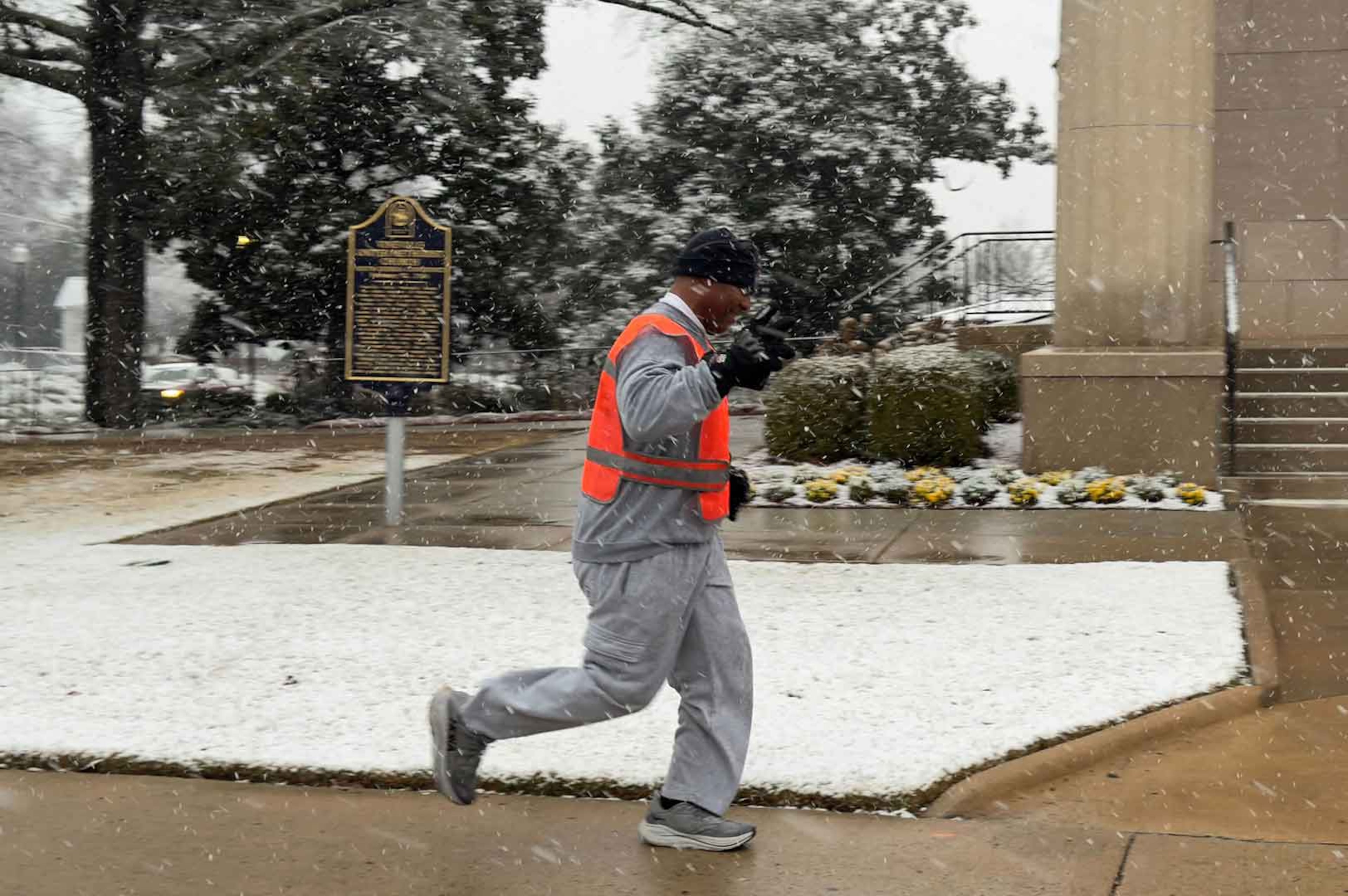On Boulevard, developers set to replace outdated apartments with new, affordable units

Over 100 affordable apartments are now under construction in the Old Fourth Ward.
Atlanta Mayor Keisha Lance Bottoms joined other city officials and leaders from property development and management group Wingate Companies Thursday for a groundbreaking ceremony at “Station 496,” a new apartment building on Boulevard that will replace part of the old Bedford Pine subsidized housing complex.
Station 496 is part of Wingate’s larger effort to tear down and redevelop the outdated Bedford Pine buildings in Old Fourth Ward, a historic neighborhood on Atlanta’s eastside that has seen a wave of gentrification wash over it in recent years. While Bedford Pine was believed to be the largest concentration of Section 8 subsidized housing in the Southeast, attractions like the Beltline and Ponce City Market have brought luxury apartments and new townhomes going for over $500,000 to the area.
City officials say Wingate’s redevelopment project, called “City Lights,” will keep the area affordable for longtime residents. Including the 100 apartments in the Station 496 building, the Massachusetts-based company plans to preserve over 730 affordable units in total.
“What’s most important about being here today is that people ... who have grown up in the city and spent their entire lives here can still afford to call Atlanta home with dignity,” Bottoms said at the event. She made housing a centerpiece of her 2017 mayoral campaign and has pledged to put $1 billion in public and private funds toward affordable housing. The city reported in December it had committed nearly $500 million in city-controlled public funds toward the housing effort.
Bedford Pine tenants are temporarily moved into other recently built apartments while the old buildings are razed and replaced with the modern units. After that’s done, they can move into the new building.
“That affordable housing has become even more of an acute need than when it was developed more than 50 years ago,” Wingate CEO Mark Schuster said. “We’re not asking anybody to leave this neighborhood. Instead we’re asking them to move to new and better housing.”
Signs of the neighborhood’s development boom were evident at the event, as construction noise from nearby projects could be heard during the speeches.

“It’s just really lovely to see what this neighborhood is evolving to be,” Councilman Amir Farokhi said, adding that it “has tremendous promise because of developments like this.”
All of the new units will accept federal housing vouchers and be priced at rates that are affordable for people making less than 40% to 80% of the area’s annual median income for metro Atlanta, which is $82,700 for a family of four. The program is designed so no one will pay more than 30% of their income on rent.
The median household income in Old Fourth Ward has risen from about $20,000 in 2000 to over $53,000 in 2018. The neighborhood also faces vast inequality. Black residents are nearly five times more likely to be living under the federal poverty line than their white neighbors, according to an August 2020 study by the Old Fourth Ward Economic Security Task Force.
The Station 496 building is set to open next spring, financed by a mix of city, state, federal and private dollars. The next phases of the City Light program are expected to break ground late this year and early next year.


